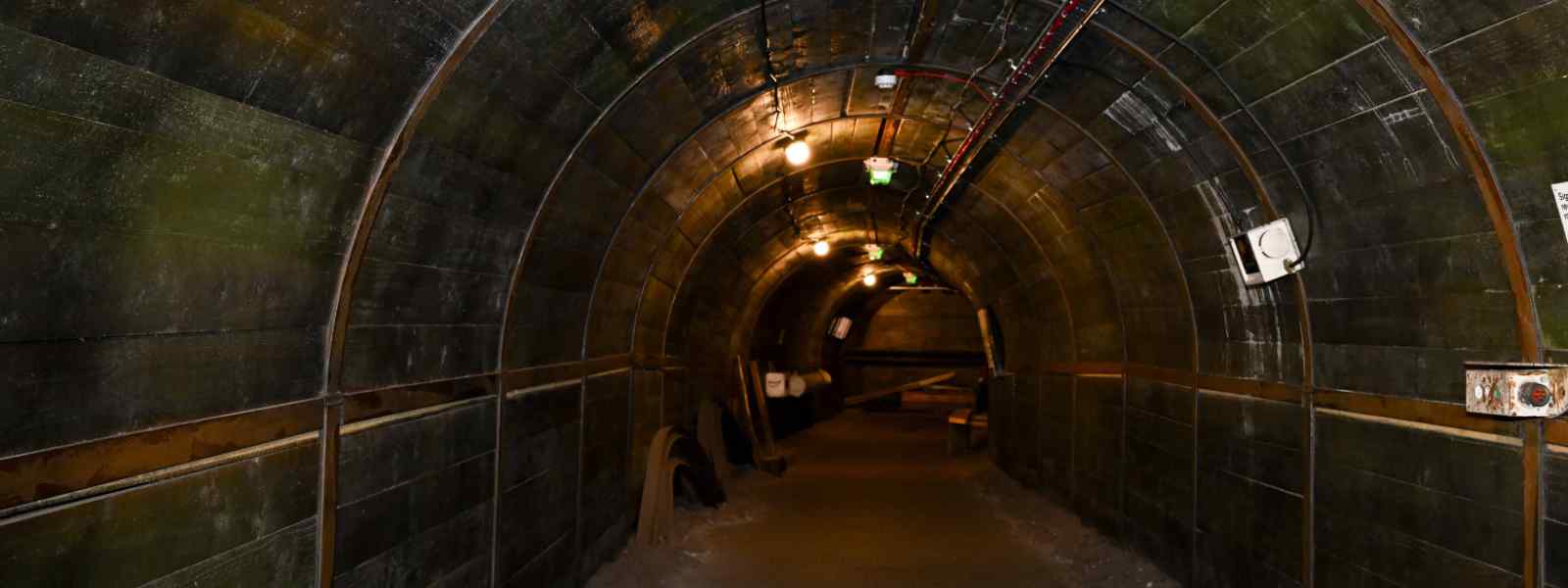
A first-of-its-kind system in the UK could recycle energy to heat at least 5,000 homes.
The system is being trialled to see if waste heat from a large computing facility can be stored in disused mine workings and used to warm homes.
The University of Strathclyde is a partner in the research, in which the large amounts of energy needed to power an Advanced Computing Facility at academic lead institution the University of Edinburgh could be recycled to heat households in Scotland’s capital. The facility currently releases up to 70GWh of waste heat per year.
The £2.6 million feasibility study will examine how water in old mine workings near the computer facility could be harnessed to heat people’s homes.
The process of cooling the supercomputers would be augmented to transfer the captured heat into the mine water – up to a maximum temperature of 40°C – which would then be transported by natural ground water flow in the mine workings and made available to warm people’s homes via heat pump technology.
If successful, the study could provide a global blueprint for converting abandoned flooded coal, shale and mineral mine networks into underground heat storage.
Strathclyde’s role in the project is the identification of the most suitable monitoring technologies to capture dynamic processes triggered by the temperature changes from the transfer of warm water into the flooded mines beneath the surface.
With a quarter of UK homes sitting above former mines, potentially 7 million households could have their heating needs met in this way, according to researchers.
The Geobattery project, led by Edinburgh-based geothermal energy consultancy Town Rock, is being spearheaded by industry and academic partners from Scotland, the US and Ireland. Scottish Enterprise has awarded a £1 million grant to the project, through the Joint Programming Platform Smart Energy Systems (JPP SES) and Geothermica – two networks that have co-funded projects developing innovative heat and cooling solutions.
A further £1m from the US Department of Energy will fund researchers from the Idaho National Laboratory and Lawrence Berkeley National Laboratory.
Strathclyde’s lead in the project. Dr Stella Pytharouli, a Reader in Geomonitoring in the Department of Civil and Environmental Engineering, said: “This is a high impact project in terms of low carbon technologies and the circular economy through the use of waste heat. Using abandoned coal mines for energy storage is a technology still under development. It is very exciting to be part of Scotland’s worldwide leading role in this.”
David Townsend, founder of TownRock Energy, said: “We are pleased to be leading this multi-national research consortium, benefitting from world- leading academic expertise. Capturing, storing and re-using waste heat is critically important to reaching net zero, and here we are learning and testing how best to do this in the ground, in legacy coal mine infrastructure."
Suzanne Sosna, Director of Energy Transition at Scottish Enterprise, said: “This is a remarkable, collaborative project for Scottish Enterprise to support alongside international and Scottish partners from government, academia, and industry. I’ll watch with keen interest how gigabytes can turn into clean heat as the Edinburgh Geothermal project progresses. "This initiative also highlights the energy transition market opportunities available for Scotland as we strive for net zero.”